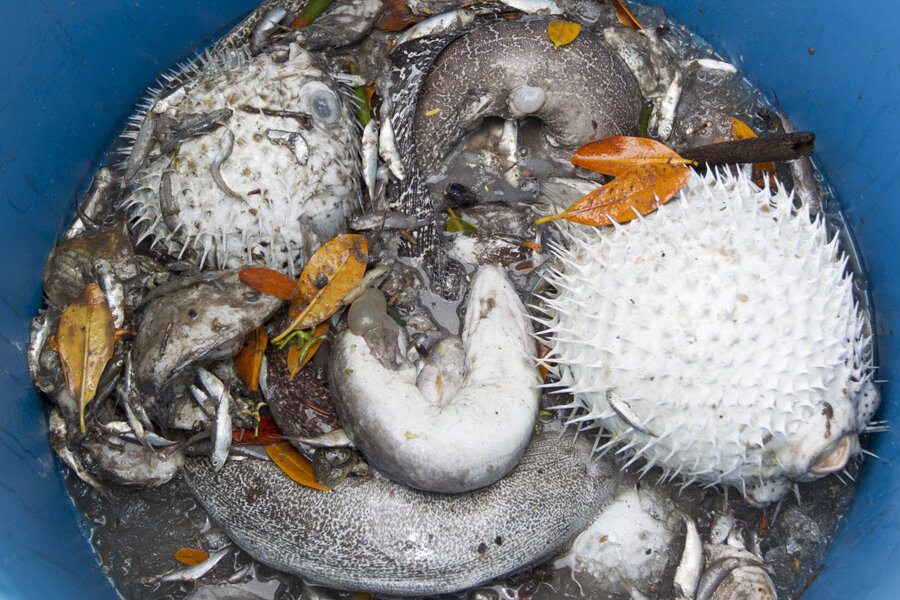Officials: No endangered species hurt in Hawaii molasses spill
Loading...
| Honolulu
A Hawaii state official in charge of cleaning up the spill of 1,400 tons of molasses in Honolulu Harbor says no endangered species have been hurt in the accident.
Dr. Keith Kawaoka of the Hawaii Department of Health said Wednesday that no endangered species have been identified among the more than 26,000 dead fish, shellfish and other marine life that have been collected from nearby waters.
Water samples tested from different points in the harbor and a nearby lagoon have shown improved oxygen levels, while the water also looks visually better from flyover surveys, said Kawaoka, chief of the department's Hazard Evaluation and Emergency Response Office.
"We will see this thing through until we see a final resolution," Kawaoka said.
State and federal agencies have been responding since the spill of about 233,000 gallons was discovered last week. Matson Navigation Co. is responsible, and has pledged to pay all costs to clean up.
Matson's CEO Matt Cox said Monday that the transportation company is investigating the spill, and will pay for the cleanup without passing on the costs to taxpayers or its customers.
The spill was discovered Sept. 9 in Honolulu Harbor in an industrial area west of downtown, where Matson loads molasses and other goods for shipping, about 5 miles west of Waikiki.
The molasses spilled from a leaky pipe as the sugary substance was moved from storage tanks to a ship sailing to California.
Kawaoka spoke Wednesday on a conference call organized by U.S. Sen. Brian Schatz, with several federal agencies updating their involvement in the cleanup.
Kawaoka said the greatest concentration of discolored water is near a Honolulu Airport runway made of coral and in ocean waters near a boathouse in a nearby lagoon.
Oskar Garcia can be reached on Twitter at http://twitter.com/oskargarcia







